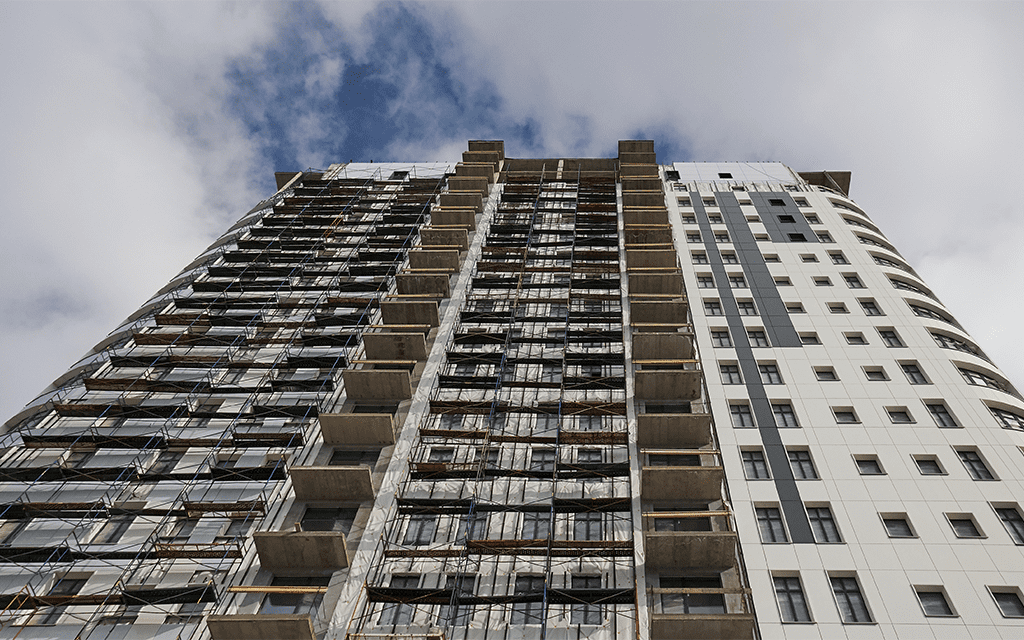Addressable or Conventional Fire Alarm System?
So you are looking to install a fire alarm system in your building. The question, however, is which approach should you take? Should you go with the simple conventional fire alarm system? or the more intelligent addressable fire alarm system? In this article, we will discuss the pros and cons of both types of systems in the hope of assisting with the best method for you and your project.
Share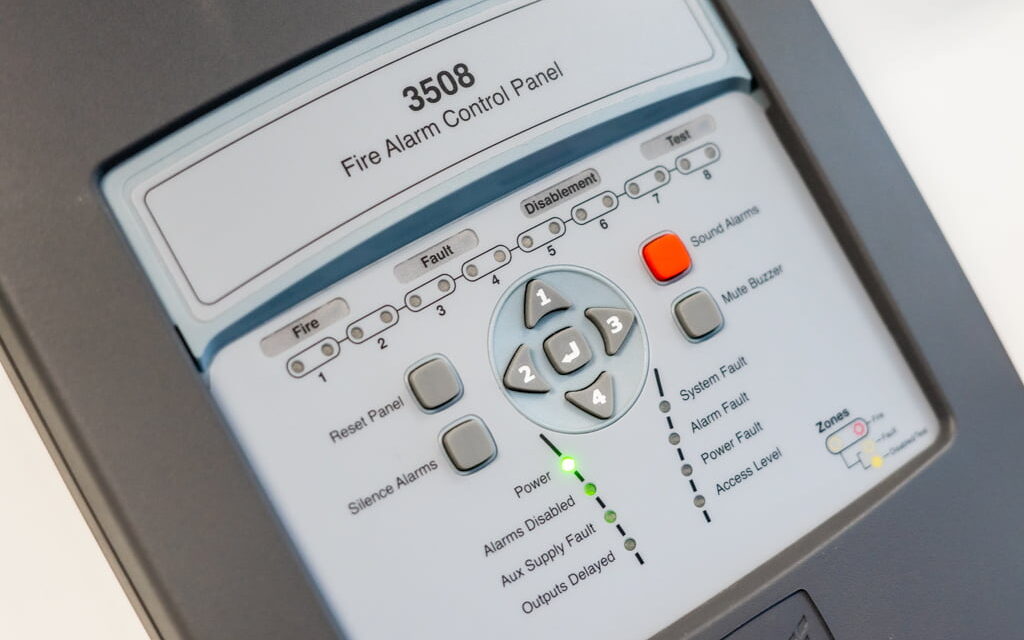
Conventional Fire Alarm System
Let us start with the simplest of the two systems. A conventional fire alarm system is a fire alarm system wired using a radial method (single legs of cable). These radials are wired from the main fire alarm panel and are either fire alarm zones or sounder circuits.
Fire alarm zones are the radial circuits that monitor the detectors and manual call points. These zone circuits can accommodate multiple detectors and call points on each radial circuit.
Sounder circuits are the radial circuits that control the fire alarm sounders and Visual Alarm Devices (VADS). These circuits can accommodate multiple sounders, but they are generally limited to each sounder’s power consumption, along with how much output the panel offers on each sounder circuit.
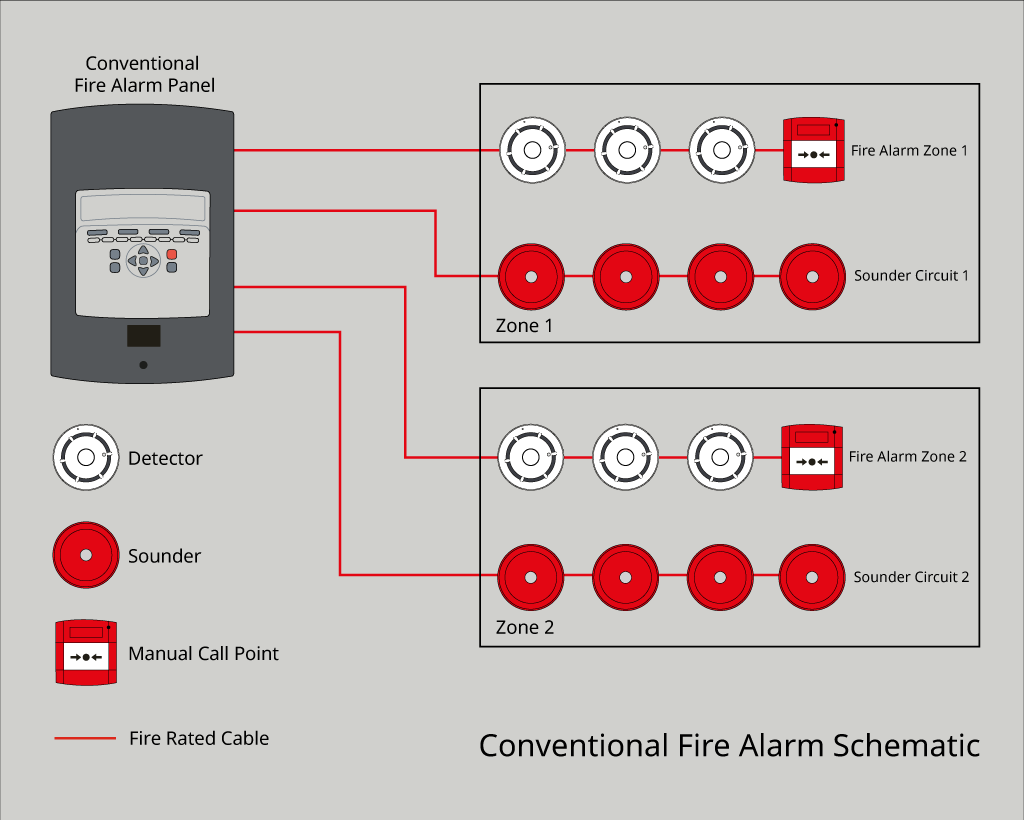
Due to the conventional system’s simplistic form, should a fire or fault occur, it will only highlight a fire/fault in that area (on the specific zone). It cannot identify precisely where the fire outbreak is or which specific detector has registered a fire/fault. It only identifies which zone has the fire or circuit fault. The problem with a conventional system is that it makes fault finding time consuming for fire alarm engineers. It means an extended time on site and, in hand, more costs when repairing the system despite the lower price of the fire alarm devices and fire alarm panels.
As a conventional system uses separate radial circuits for both detectors and sounders, the installation cost can sometimes be more than an addressable system. It is due to the amount of cable used, which can be significantly more than the addressable system.
Conventional systems are pretty basic in electronics due to their simplistic nature. Therefore, the build cost is considerably less than an addressable system. The small price to produce the equipment means it is cheaper for the consumer to buy. It makes a conventional system an affordable solution to a fire alarm system in smaller projects like shops, small offices and small schools.
Pros
- Low-cost fire alarm devices.
- Simple to use.
- Ideal for small buildings.
Cons
- Not suitable for larger projects.
- Fires and faults are only shown in a zone and not an exact location.
- Possibly, more cabling than an addressable system.
Protec offers a range of conventional fire alarm control panels known as the 3000 range. The range provides a low-cost solution to fire detection. Should you want to know more about these systems, take a look at our conventional systems on our product pages.
Addressable Fire Alarm System
An addressable system utilises a loop configuration containing all the fire alarm devices, including sounders and beacons/VAD. A loop wired system uses less cable compared to that of a more extensive conventional system.
Each device on an addressable system utilises a system-wide protocol. A protocol is a language the fire alarm panel uses to talk to each fire alarm device. The panel allocates each of the devices with its own unique number/code. This number is known as the device address. When adding a device to the system, the commission engineer logs the device address and then inputs the device’s real-world location into the fire alarm panel.
The fire alarm panel continually communicates with the devices on the system. It enables the fire alarm panel to identify the exact device or manual call point in an alarm condition. Therefore, reporting a fire’s location, system faults and false alarms in a matter of seconds.
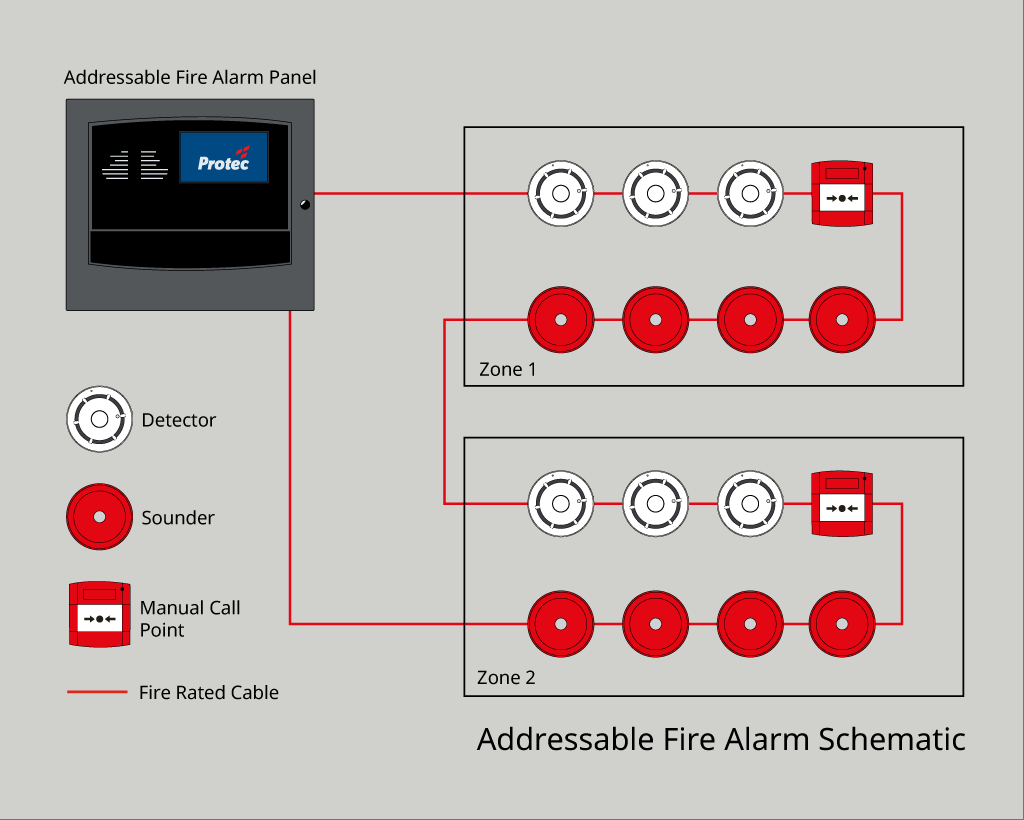
Addressable systems can accommodate a lot more fire alarm devices and fire zones. It makes an addressable system ideal for medium to large projects. The Protec 6500 addressable system can also link to other Protec 6500 addressable fire alarm panels, repeat panels and expansion nodes via a secure network, making it almost limitless in size.
Pros
- Identify exact locations of fires, open/closed circuit faults and false alarms.
- Large fire alarm system capacity.
- Installation can be cheaper than a conventional system.
- Suitable for any size project.
- More system capabilities.
Cons
- Fire alarm devices cost more
- Commission of the system takes longer
But Is It Possible To Have The Best of Both?
In the past, only medium and large projects benefitted from addressable systems. However, Protec has developed the 6100 fire alarm control panel. The 6100 is a single loop addressable fire alarm control panel. A cost-effective addressable solution for small to medium fire alarm systems. The panels are priced slightly higher than a conventional panel. However, the time and money saved installing the 6100 over that of a conventional system due to the loop configuration soon makes up for that initial cost. With that in mind, plus the benefits that addressable systems offer, it makes the Protec 6100 a serious contender in featuring in your next small building project.
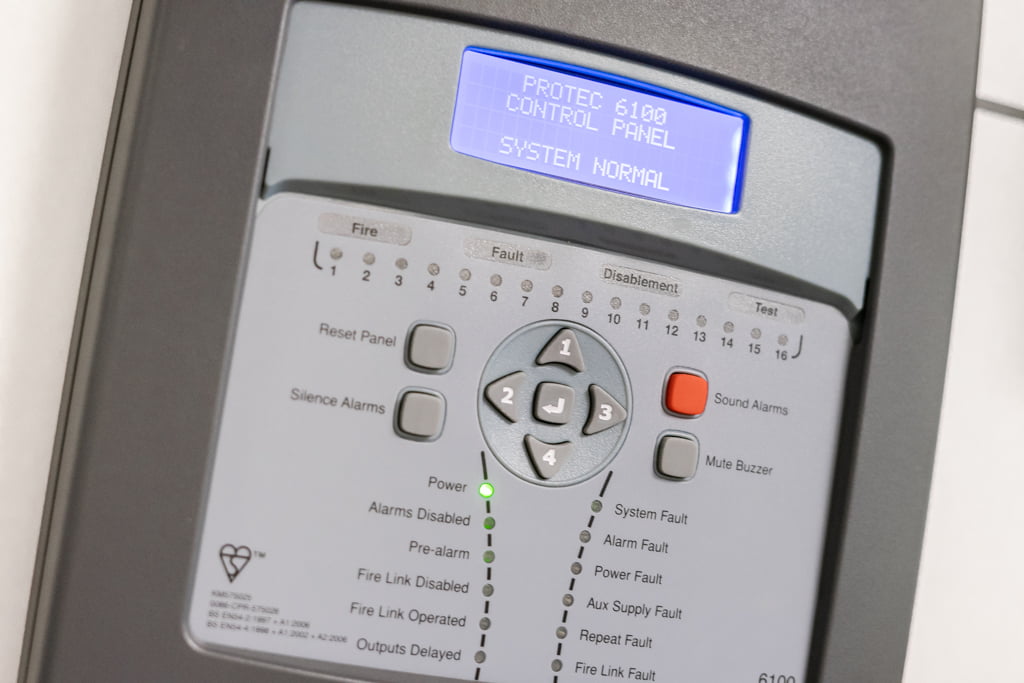
For more information on our digital addressable 6000PLUS series fire alarm systems such as the 6100 and 6500, head over to our products page’s addressable section to find out more and encounter the full range of digital addressable devices Protec produce.











